Genetics for Giants & Juvies
Project Overview:
The Pelagic Fisheries Lab at the University of Maine is working to understand the population of Western Atlantic bluefin tuna using DNA from fin samples. By comparing DNA from adult fish and larvae, scientists can identify parent–offspring pairs, essentially building a family tree for bluefin tuna. This provides powerful insight into how many adults are contributing to the next generation, which is key for managing and protecting the species.
Participating is straightforward: the lab provides a free kit, fishers collect small finlet samples while fishing, and when the season ends or the vials are full, the lab arranges return shipping. Samples from the Western Atlantic Ocean are preferred, but Atlantic-wide anglers are welcome to participate. This simple step for participants makes a big difference in advancing the science of bluefin tuna.
Program Partners
- University of Maine’s Pelagic Fisheries Lab
- NOAA
- Commonwealth Scientific and Industrial Research Organisation (CSIRO)
- Virginia Institute of Marine Sciences
- Fisheries and Oceans Canada
Location
- Samples from the Western Atlantic Ocean are preferred, but Atlantic-wide anglers are welcome to participate.
Expected Time Frame
- Ongoing
Citizen Science activity parameters listed above are flexible and negotiable.

Background:
Atlantic bluefin tuna are a highly migratory species that support valuable fisheries on both sides of the Atlantic, yet current stock assessments remain uncertain because tuna from different regions mix together and traditional methods struggle to track their origins. To address this, NOAA and partners advanced a new genetic approach called close-kin mark recapture, which uses DNA to identify parent–offspring pairs and trace how different groups of tuna contribute to U.S. fisheries. A pilot study confirmed the method’s potential by matching tuna that spawned in the Gulf of Mexico with individuals later caught as far north as Canada and the Gulf of Maine. Building on this success, researchers are now scaling up the work to estimate the true size of the Western Atlantic spawning population and determine how much of the catch comes from different stocks, providing the robust science needed for sustainable management of this iconic species.
Mission:
The results of this project will provide managers with robust data that reduces uncertainty in stock assessments, improves understanding of Atlantic bluefin tuna population dynamics, and supports sustainable fishery management.
Data Impact:
Findings from this research will inform international management bodies such as ICCAT and be integrated into NOAA’s domestic management framework. Results will help shape decisions on total allowable catch and long-term conservation of Atlantic bluefin tuna.
How to Participate:
By contacting SeaKeepers’ Citizen Science Manager at rosemarie@seakeepers.org, recreational and commercial fishers can request a free sampling kit from the University of Maine’s Pelagic Fisheries Lab.
Program Partners:

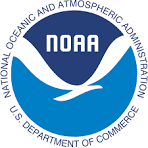 NOAA
NOAA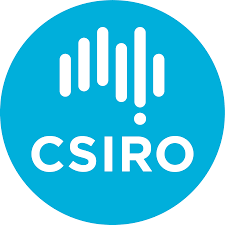 Commonwealth Scientific and Industrial Research Organisation (CSIRO)
Commonwealth Scientific and Industrial Research Organisation (CSIRO)
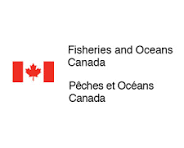 Fisheries and Oceans Canada
Fisheries and Oceans CanadaGet Involved
If you’re interested in learning more about this specific program opportunity, please reach out to our team below to find out more about this program or get involved in other opportunities with SeaKeepers.
Explore More Opportunities
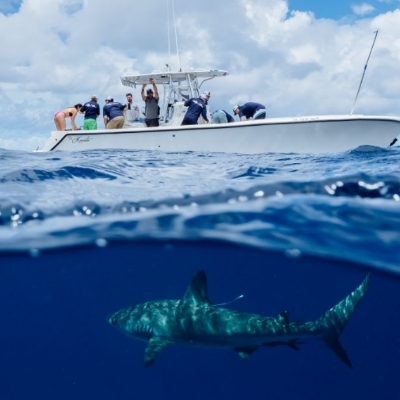
At-Sea Opportunities
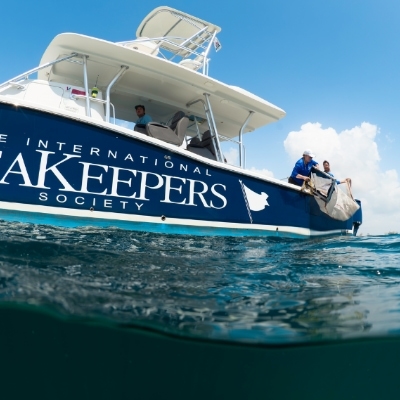
Citizen Science Opportunities
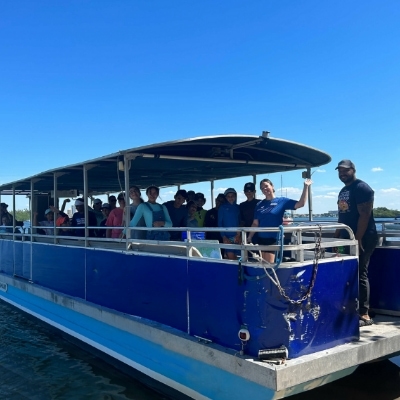
Education Opportunities



